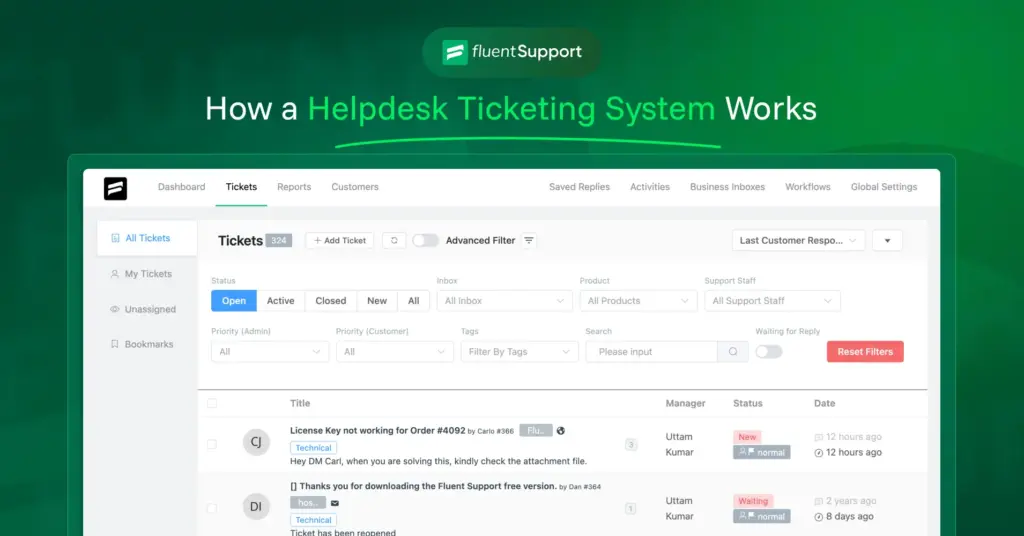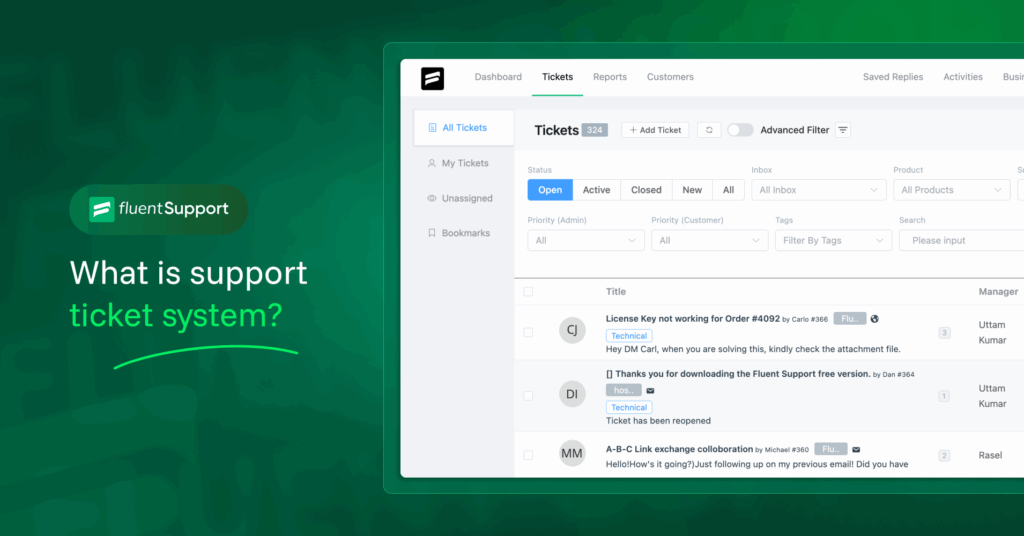
Total Revenue Formula: 5 Metrics That Scale Up Your Business
By Prosanjit Dhar
April 29, 2025
Last Modified: April 30, 2025
Counting money is simple. But understanding the story behind those? That’s where real growth begins.
Revenue metrics reveal that story for you. Showing where you’re growing, where leaking, and where the next big win could be.
By this counting, you get a clear picture of your company’s past and present performance. And with that clarity, you can be better prepared for what’s coming next.
5 revenue metrics that every business should know
Today, we will calculate total revenue, net revenue, deferred revenue, marginal revenue, and annual recurring revenue (ARR) to give you increasingly nuanced insights about the company’s financial health.
So, let’s start the counting and see what they reveal.
1. Total revenue formula
Total Revenue = Price per unit x Quantity sold
You need to multiply the price of each item or service by the number of units sold to calculate your total revenue.
This figure represents all the money coming into your business before accounting for any expenses, refunds, discounts, or adjustments. In short, it’s the unfiltered amount your business generates through sales.
The total revenue formula includes:
It doesn’t subtract things like:
For businesses juggling multiple pricing tiers, the formula expands:
Total Revenue = (Price of Plan ‘A’ × Number of Plan ‘A’ Subscribers) + (Price of Plan ‘B’ × Number of Plan ‘B’ Subscribers) + …
Example:
Total Monthly Revenue = ($10 × 150) + ($25 × 75) + ($100 × 15) = $1,500 + $1,875 + $1,500 = $4,875
While this number looks promising, it’s just the surface. Because beneath, there’s also some revenue leakage. By counting these costs and leakage, you can uncover the next revenue metric.
2. Net Revenue formula
Net Revenue = Total Revenue – Returns – Discounts – Allowances
It refers to the actual amount of money that stays in your business after deducting the leakages like refunds, discounts, allowances, etc.
Essentially, it’s the total amount a business receives from its core operations after accounting for these specific adjustments.
Example:
Net revenue would be: $10,000 – $800 – $1,200 – $200 = $7,800
This means while $10,000 initially appeared to be coming in, $7,800 is what actually stayed in your business. This difference ($2,200 or 22% of total revenue) represents your “leakage,” money that slipped through costs.
A high leakage percentage might indicate problems with customer satisfaction, pricing, or product-market fit that need addressing for sustainable growth.
3. Deferred Revenue formula
Unlike traditional businesses, SaaS often collects payment before delivering your full service. That creates a financial time lag that needs special attention.
Deferred revenue (sometimes called “unearned revenue”) represents this prepaid amount that you’ve collected but haven’t yet earned through service delivery. It’s recorded as a liability on your balance sheet, not as revenue on your income statement.
Deferred Revenue = Sum of all prepaid amounts for services not yet delivered
To calculate deferred revenue, sum the payments of all the undelivered products or services that will be delivered in the future.
Example:
In January, after the first month of service:
Recognized Revenue: ($96/12 × 10) + ($240/12 × 5) = $80 + $100 = $180
Deferred Revenue: ($96 × 10 – $80) + ($240 × 5 – $100) = $880 + $1,100 = $1,980
That $1,980 represents a promise to deliver value over the coming months. It’s also a sign of customer confidence and secured future income.
4. Marginal Revenue formula
That’s where marginal revenue helps you measure the true value of growth. Marginal revenue is the additional revenue you gain by selling one more unit of your product or service.
Marginal Revenue = Change in Total Revenue / Change in Quantity Sold
Or, in mathematical terms, it is defined as the derivative of Total Revenue with respect to quantity. This typically means adding one more subscriber or customer for a SaaS business.
Example:
A company runs a promotion that brings in 20 new Pro tier subscribers:
Marginal Revenue = $500 / 20 = $25 per additional subscription
But what if acquiring each of those customers costs $30 in marketing? Suddenly, you’re growing, but at a loss. This insight connects directly to our final and perhaps most powerful metric.
save you money?
5. Annual Recurring Revenue (ARR)
ARR is calculated by taking your Monthly Recurring Revenue (MRR) and multiplying it by 12 to annualize it. This gives you a standardized annual view of your subscription income.
ARR = Monthly Recurring Revenue × 12
Example: Monthly Recurring Revenue from all current subscriptions: $4,875
ARR = $4,875 × 12 = $58,500
If we factor in an average monthly growth rate of 5%:
Projected ARR (end of year) = $58,500 × (1.05)^12 = $100,195
This projected growth from $58,500 to over $100,000 represents the power of compound growth in the subscription model.
That’s why investors love SaaS businesses and why understanding your ARR trajectory is critical for planning everything from hiring to product development.
By mastering these five revenue metrics
You’ll gain valuable insights into your SaaS business’s performance and potential. More importantly, you’ll be equipped to make strategic decisions that drive sustainable growth and long-term success.
Remember, these metrics are interconnected. So, improvements in one area often lead to positive changes in others. Start tracking them today, and watch how they transform your understanding of your business’s financial health.
Start off with a powerful ticketing system that delivers smooth collaboration right out of the box.












Leave a Reply